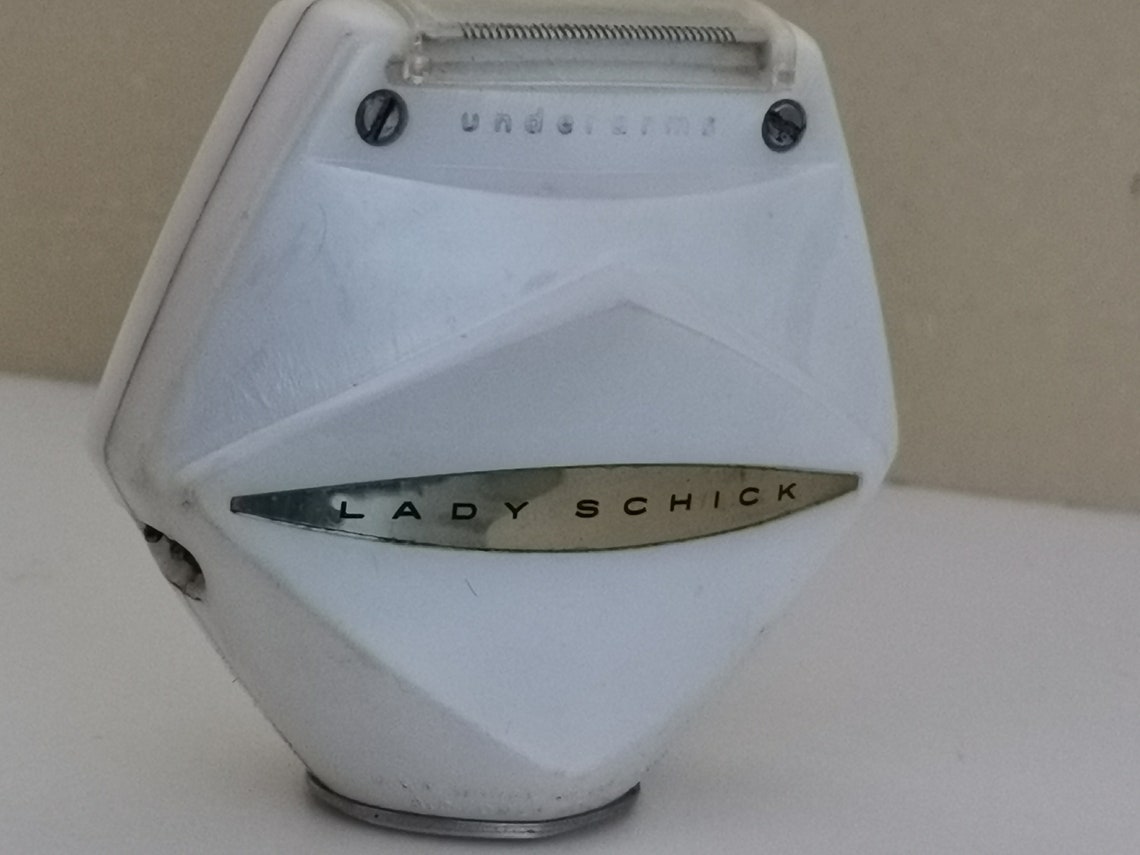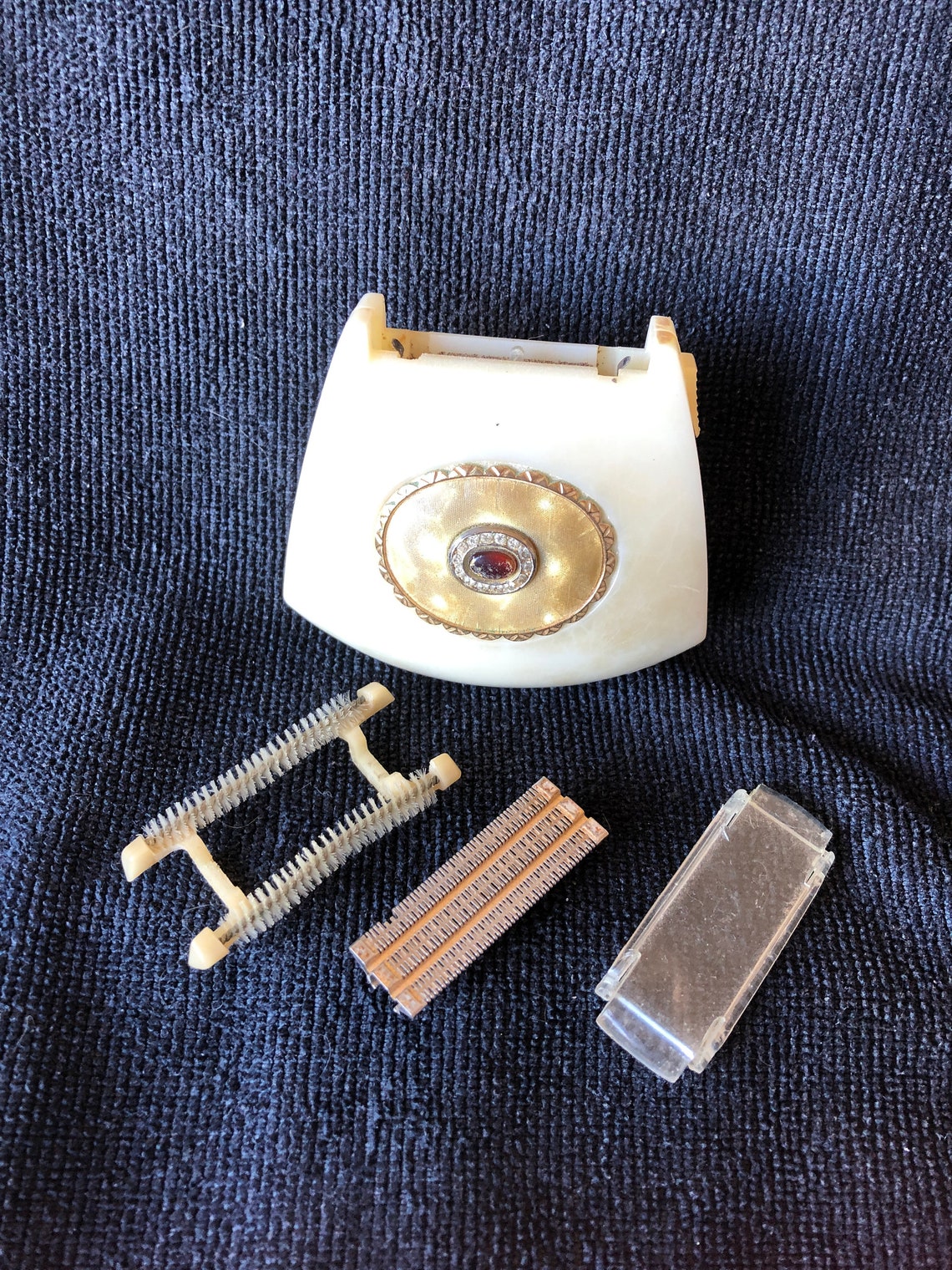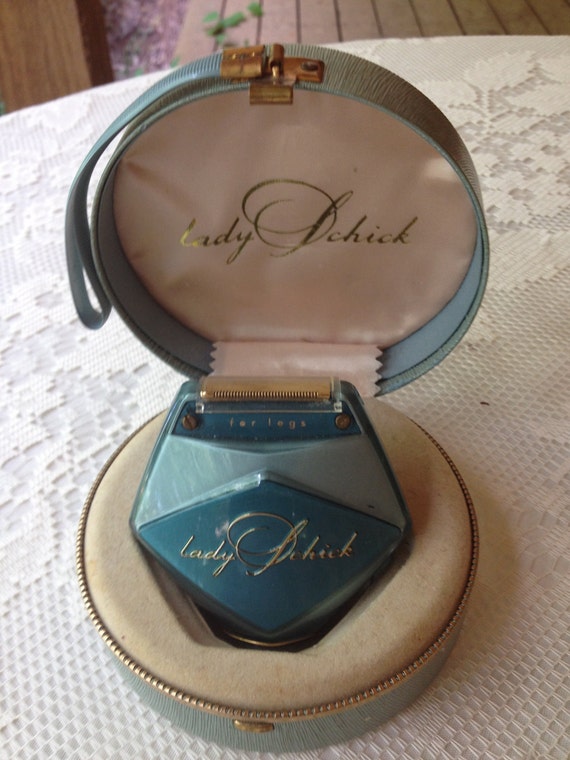
But the major difference between both comes in terms of their usage and the blades that they come with.Įlectric razors are made specifically for providing a clean shave. trimmer Īn electric razor and an electric trimmer are essentially the same devices by build. In 2017, Xiaomi released an electric shaver with USB-C charging. In order to prevent any risk of electric shock, shavers designed for wet use usually do not allow corded use and will not turn on until the charging adapter cord is disconnected or the shaver is removed from the charging base. Other shavers have recharging base units that plug into an AC outlet and provide DC power at the base contacts (eliminating the need for the AC-to-DC converter to be inside the razor, reducing the risk of electric shock). Some shavers may be designed to plug directly into a wall outlet with a swing-out or pop-up plug, or have a detachable AC cord. Sealed battery shavers either have built-in or external charging devices. Some modern shavers use Lithium-ion batteries (which do not suffer from memory effect). Battery-operated electric razors have been available using rechargeable batteries sealed inside the razor's case, previously nickel cadmium or, more recently, nickel metal hydride. In 1960, Remington introduced the first rechargeable battery-powered electric razor. In the late 1940s, the first electric razors that were battery-powered entered the market. Moisturizers designed specifically for electric shaving are available.
#Lady schick electric shaver skin
Some patience is necessary when starting to use a razor of this type, as the skin usually takes some time to adjust to the way that the electric razor lifts and cuts the hairs. Many recent electric razors have been designed to allow for wet/dry use, which also allows them to be cleaned using running water or an included cleaning machine, reducing cleaning effort. The standard AA-size Ni-Cd battery (600 mAh) is soldered in place, deterring user replacement.Įarly versions of electric razors were meant to be used on dry skin only. The improvements to the cutting mechanisms tend to 'trickle-down' to lower-priced models over time. Each manufacturer sells several different generations of cutting mechanism at the same time, and for each generation, several models with different features and accessories to reach various price points.

The major manufacturers introduce new improvements to the hair-cutting mechanism of their products every few years. In the course of his career Ullmann filed well over 100 patents for innovations in the context of dry shavers. He was the first to fuse rubber and metal elements on shavers and developed more than 100 electrical razors for Braun. Roland Ullmann from Braun in Germany was another inventor who was decisive for development of the modern electric razor. It has a shaving head consisting of cutters that cut off the hair entering the head of the razor at skin level.

Alexandre Horowitz, from Philips Laboratories in the Netherlands, who invented the concept of the revolving (rotary) electric razor. The Remington Rand Corporation developed the electric razor further, first producing the electric razor in 1937. Jacob Schick who patented their first electric razor in 1930. Others followed suit, such as the American manufacturer Col. The first working electric razor was invented in 1915 by German engineer Johann Bruecker. The first person to receive a patent for a razor powered by electricity was John Francis O'Rourke, a New York civil engineer, with his US patent 616554 filed in 1898.

Many modern shavers are cordless they are charged up with a plug charger or they are placed within a cleaning and charging unit. Some very early mechanical shavers had no electric motor and had to be powered by hand, for example by pulling a cord to drive a flywheel.Įlectric shavers fall into two main categories: foil or rotary-style. Alternatively, an electro-mechanical oscillator driven by an AC-energized solenoid may be used. Many modern ones are powered using rechargeable batteries. The razor may be powered by a small DC motor, which is either powered by batteries or mains electricity. The electric shaver usually does not require the use of shaving cream, soap, or water. An electric shaver (also known as the dry razor, electric razor, or simply shaver) is a razor with an electrically powered rotating or oscillating blade.


 0 kommentar(er)
0 kommentar(er)
